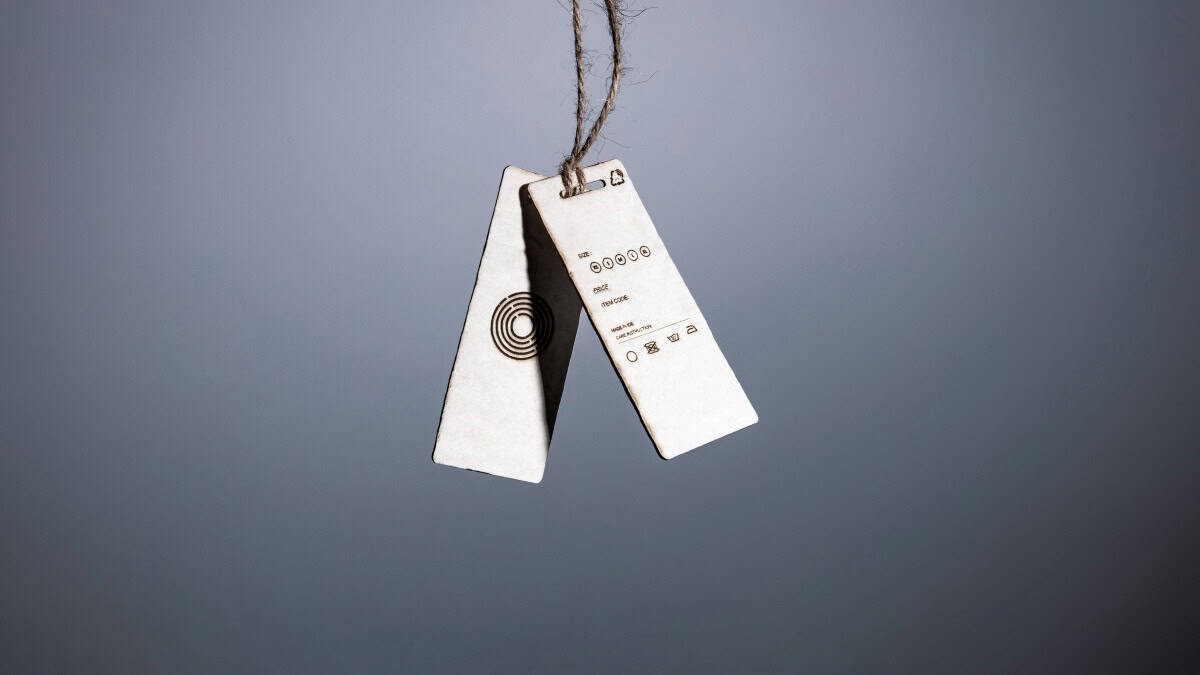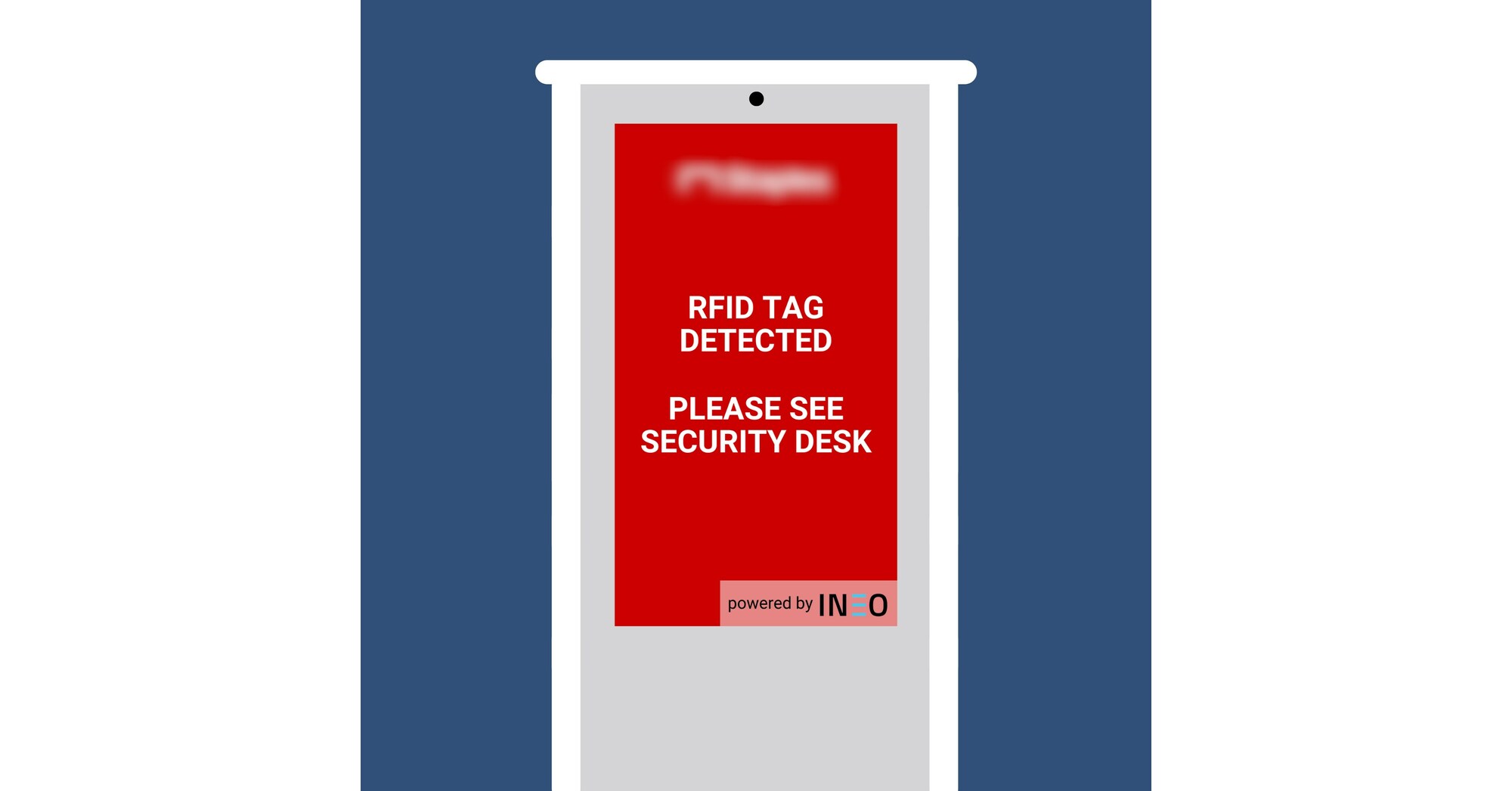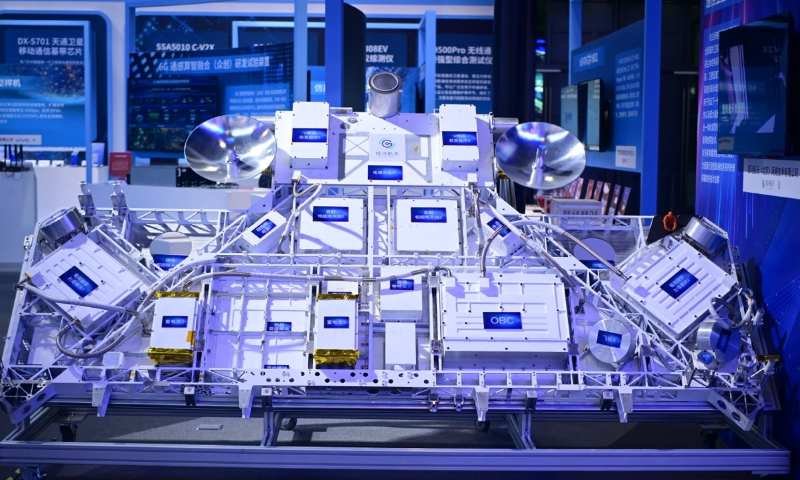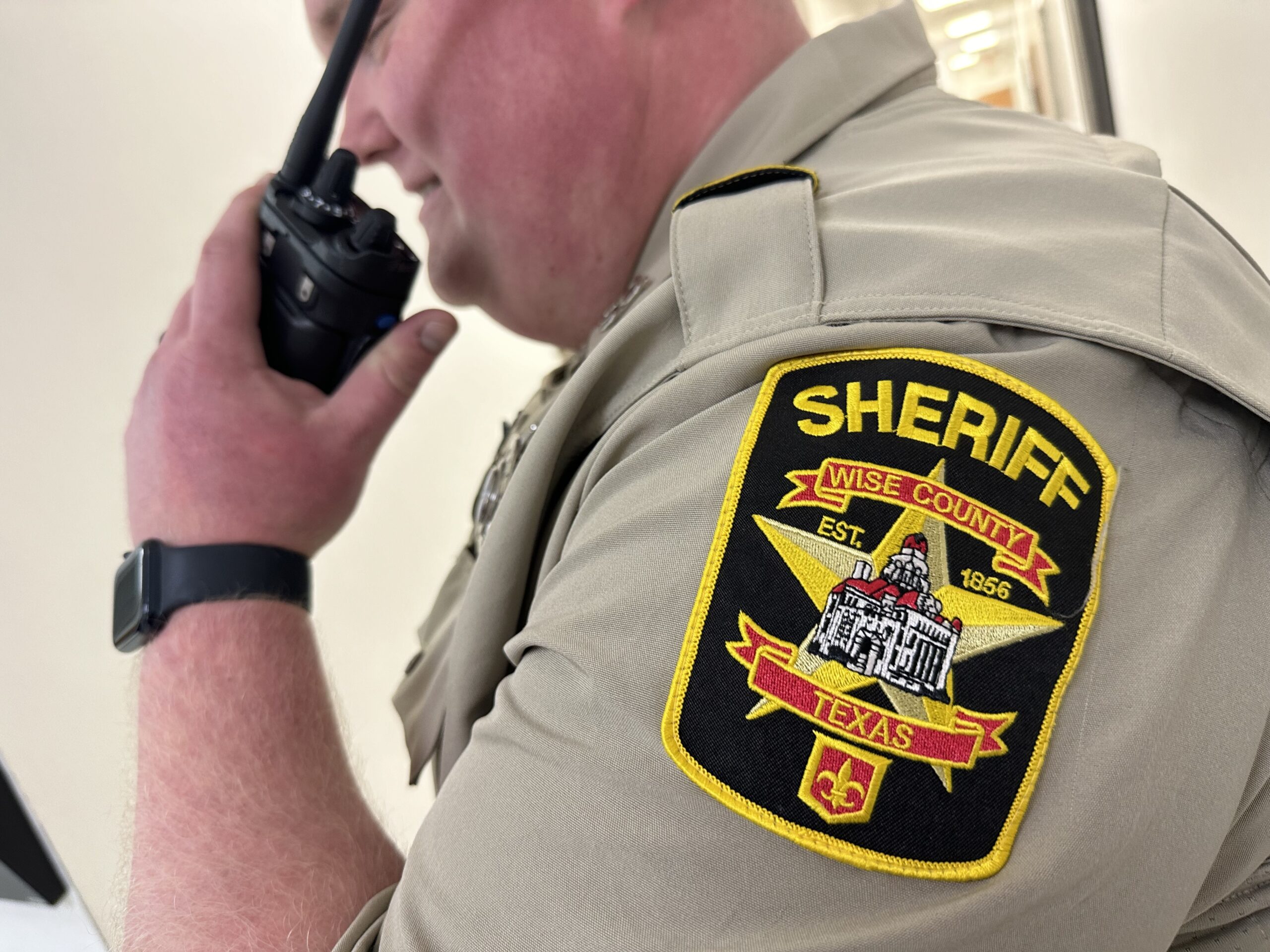How RAIN RFID Works and Benefits Retailers
5 min read

Radio Frequency Identification is a technology that uses radio waves to track and identify objects. RAIN RFID is a specific type of RFID that is becoming increasingly popular in the retail industry.
Here, Ashley Burkle, business development director of retail solutions at Impinj, explains how RAIN RFID tags work and can be used to track items throughout the supply chain. This can help retailers improve inventory accuracy, reduce shrinkage and provide a better customer experience.
More from WWD
WWD: What is RAIN RFID and how does it work?
Ashley Burkle: You may have heard of Radio Frequency Identification, a form of wireless communication that uses radio waves to identify and find objects. In simple terms, all RFID systems operate on the same principle: an RFID tag stores information that can be read wirelessly by an RFID reader. RAIN (derived from RAdio frequency IdentificatioN) is the fastest-growing segment of the RFID market. RAIN RFID is a passive, battery-free wireless technology that connects billions of everyday items to the internet. This enables retailers to identify, locate, authenticate, and engage with every item that’s tagged, providing rich, real-time data insights.
With RAIN RFID, billions of everyday items — from sneakers to strawberries — can be connected to the internet, so they can be uniquely identified and located without direct line-of-sight. In fact, RAIN RFID can identify and locate up to 1,000 items per second. RAIN RFID can tell you what an object is, where it is, and even its condition. With this information, retailers worldwide can increase sales, drive operational efficiencies and improve customer experience.
The RAIN RFID process is simple:
• Retailers tag their inventory with tag chips — using hang tags, adhesives and, increasingly, embedding them right into the item. These tag chips are durable, low-cost, the size of a grain of sand, and suitable for all kinds of items.
• From there, retailers can use readers to identify, locate and verify their items. Readers can be used as handheld devices or attached to fixtures like shelves and doorways.
• With these insights, retailers can connect their accurate, real-time data about inventory with enterprise business systems. This has a huge host of benefits, including greater agility, cost savings and more.
WWD: What are some of the challenges facing retailers and brands from an inventory management perspective? How does Impinj help retailers and brands mitigate these challenges?
A.B.: Great question. Retailers are facing mounting economic pressures, making effective inventory tracking more important than ever. For example, retailers are focused on solving for the rising rates of retail theft and the growing cost of shrink. In 2022, the NRF found that the average shrink rate of 1.6 percent represents more than $112 billion in losses for retailers.
RAIN RFID is helping retail leaders supercharge their loss prevention strategies by providing insights into where, when, and exactly what items are leaving a store. Stronger inventory accuracy also ensures customers can buy the product they want when they want it. For example, Impinj retailer Macy’s utilized RAIN RFID to increase inventory accuracy and reduce out-of-stock items. This bolstered the opportunity for customers to access the right item at the right time and led to increased sales.
Another challenge facing the retail industry is authenticity. Counterfeit products are a surefire way to destroy consumer trust and erode brand image, yet authenticating products to combat fakes and fraud continues to pose a significant challenge for retailers. For example, NRF estimates that in 2022, 10 percent of all returned online purchases were fraudulent.
Retailers can turn to RAIN RFID to identify items and confirm the authenticity of products throughout the supply chain — from manufacture and shipping to sales and returns — to guarantee the integrity of the products they sell and ensure consumer trust and safety. Impinj’s Authenticity solution engine cryptographically authenticates items to help prevent counterfeits, ensure product safety, and secure the supply chain.
Of course, in retail, the customer always needs to be prioritized, and RAIN RFID can help in that effort. RAIN RFID can ensure a seamless customer experience and support time-saving checkout options for customers. For example, global retailer Uniqlo uses RAIN RFID-enabled self-checkout kiosks in which the kiosk automatically reads item tags and totals the transaction, ensuring a seamless and fast customer checkout experience.
WWD: What kind of data can be culled, and how can it inform business decisions? How would you describe the value proposition of Impinj’s technology?
A.B.: The retail industry is changing quickly. RAIN RFID solutions are helping to power retail digital transformation by providing detailed real-time insights, such as:
-
Inventory management: RAIN RFID allows retailers to automate inventory counting for powerful insights into operations. Retailers can replace error-prone manual counting methods with automated, hands-free, always-on inventory solutions that offer unparalleled inventory insight and ease. RAIN RFID is also significantly faster than outdated methods of inventory management. Brands that use RAIN RFID for inventory management have reported 25x faster cycle count times.
-
Omnichannel fulfillment: With RAIN RFID, retailers can deliver best-in-class, flexible operations with accurate and real-time inventory data. RAIN RFID-powered inventory management provides retailers the item-level visibility needed to power omnichannel options, ensuring they have the right stock in the right place at the right time to fulfill customer orders, whether online, in-store, or via curbside pickup. Using RAIN RFID, tagged retail items can be tracked and inventoried from the supply chain to distribution centers to the store backroom to the sales floor and even to the point of return.
-
Supply chain automation: Retailers can utilize RAIN RFID to achieve full visibility and control of their supply chain with accurate, automated systems. RAIN RFID can streamline distribution centers so that all items, even within closed boxes, can be read to ensure contents are complete and correctly routed.
WWD: How can it address loss prevention and protect brands and consumers from fakes?
A.B.: RAIN RFID technology enables retailers to gain advanced protection and heightened visibility into all loss events. With increased visibility, retailers can know exactly when and where every item exits the store to better understand where losses are occurring.
For example, a retailer could compile the data from exit reads and analyze loss events to understand trends, and patterns, find blind spots, change merchandising plans, and ultimately reduce loss. In another example, retailers could identify if the sneakers on a truck are indeed the sneakers that were made and tracked in the manufacturing facility.
WWD: Any other key points that need to be shared?
A.B.: I like to tell our retail partners that RAIN RFID is the gift that keeps on giving. Many brands first evaluate RAIN RFID for one use case — often inventory management. However, RAIN RFID can be used for so many initiatives and retailers are really only just scratching the surface of utilizing the vast amount of data generated from RAIN RFID tags to its full potential. For example, once an item is tagged at the source of manufacturing, you can read it as many times and in as many places as you want across the entire retail value chain. That has huge benefits that many retailers have yet to realize.
Best of WWD
link


:max_bytes(150000):strip_icc()/Best-RFID-Wallets-TL-tout-835fb06ef988499ca2c625bc3a007c92.jpg)



